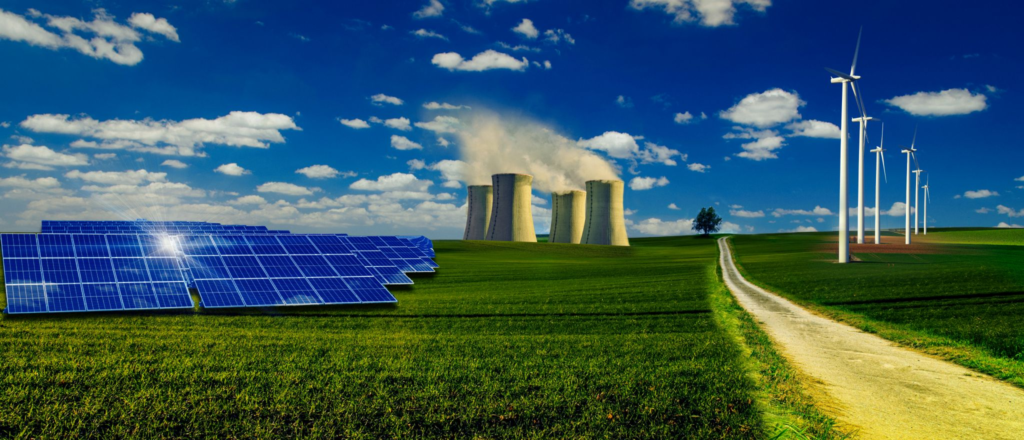According to the U.S. Energy Information Administration, U.S. power consumption will rise to record highs both this year and next, to 4,112 billion kWh in 2024 and 4,123 billion kWh in 2025. Therefore, the question arises: Where and how will this new power be produced? The answer is mainly a combination of solar, wind, and battery storage.
An estimated 470 new solar projects are expected in 2024. This means that new solar generation capacity is expected to double from that built in 2023 and will account for 58% of all new capacity, 36 GW of the overall 62.8 GW expected to be added in 2024.
BESS, or battery energy storage system installations, accounting for 14.3 GW, is second only to the capacity additions in the solar sector. In 2024, 220 new BESS installations are expected. German energy company, RWE added three BESS projects for operation this year, in support of their respective solar operations – Big Star Solar (200 MW) and Bright Arrow Solar (300 MW) in Texas and Mesquite 4 (52.5 MW) in Arizona. Other BESS projects are expected to begin operation this year including the 200MW/400-MWh (megawatt hour) Peregrine Facility in San Diego, California, scheduled for a September start.
Wind generation capacity is expected to grow moderately with an additional 8.2 GW scheduled for 2024. Although the U.S. offshore wind industry has had its ups and downs, the 800-MW Vineyard Wind project, off the coast of Massachusetts, produced it first power in January and is expected to come online later in 2024.
Other major electricity generation projects expected to enter commercial operation this year includes the second unit of a two-unit expansion project at the Vogtle Nuclear Station in Georgia. Unit 4, like Unit 3, is a 1,100-MW Westinghouse AP1000 reactor that reached initial criticality in February and is expected to begin commercial operation during the 2nd quarter of 2024.
Despite the power need, limited retirement of generation capacity will still occur this year, with 5.2 GW planned for retirement. Approximately 91% of this will be from coal (2.3 GW) and natural gas (2.4 GW).
Over the past two years, more than 22 GW of coal-fired generation has been retired, so 2024’s coal retirement is a significant decrease. The 2.3 GW of coal-fired capacity scheduled for retirement is 1.3% of the current coal fleet, comprised of ~200 large-scale coal-fired units with 118 of them at least 40 years old. In 2025, coal retirements are expected to increase, with 10.9 GW expected. Approximately 40%, or about 80.6 gigawatts, of the remaining U.S. coal-fired power plants are scheduled for retirement by the end of 2030.
The 2.4 GW of natural gas fired generators scheduled for retirement in 2024 represent 46% of the expected U.S. capacity retirements in 2024, only 0.5% of the current operating natural gas-fired power plants.




